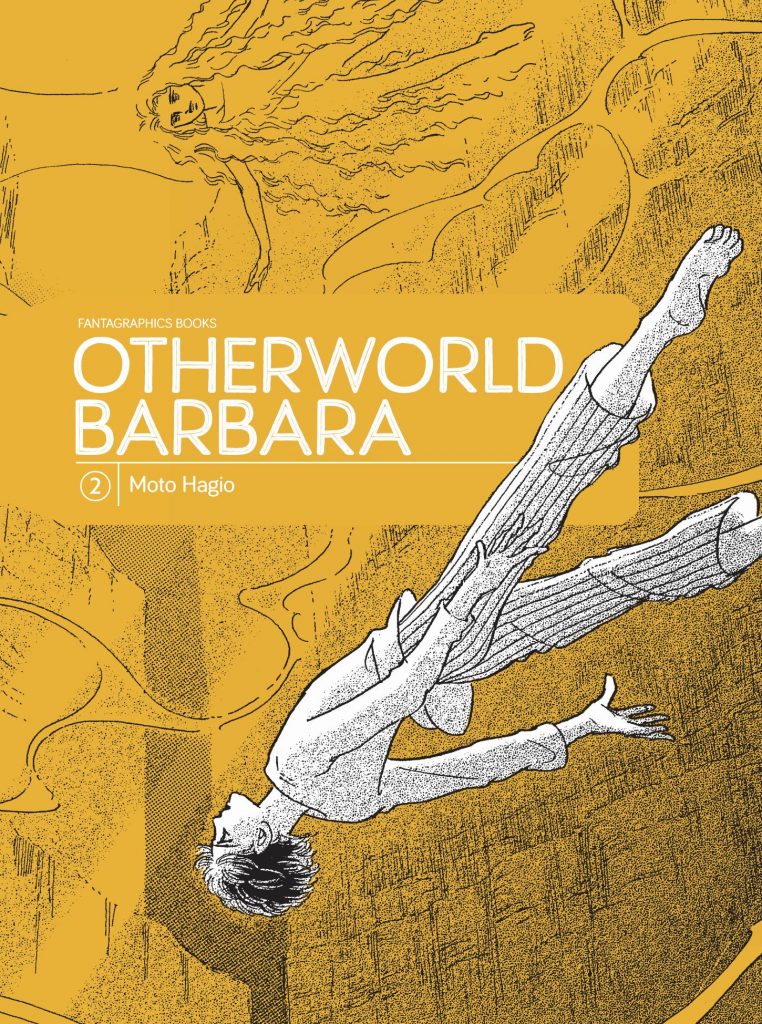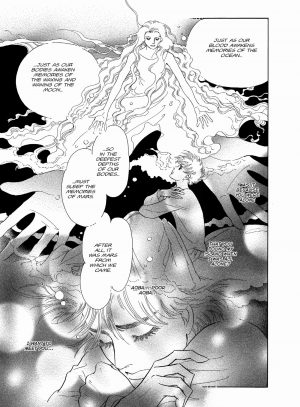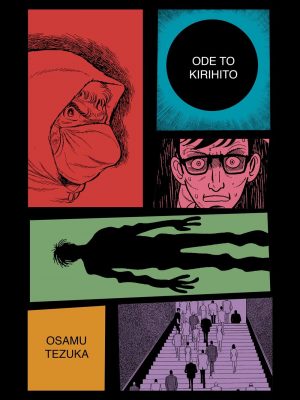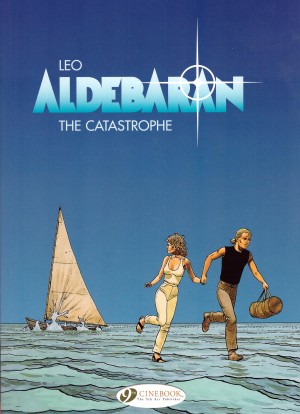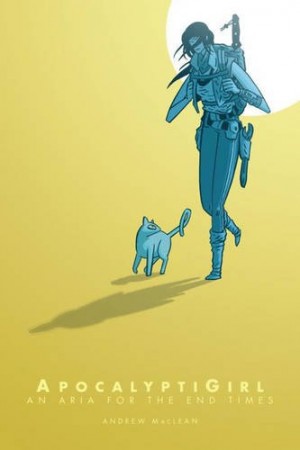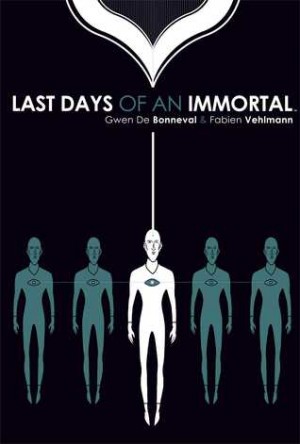Review by Ian Keogh
This concluding volume of Otherworld Barbara begins with a summary, which is very welcome given the complexity of volume one’s content. It’s admirably concise, yet covers all salient points, and is followed by a character guide. That such memory aids are required indicates this isn’t the place to begin Moto Hagio’s complex genre-mashing story, and anyone tempted should really start with volume one. It’s excellent.
Otherworld Barbara is largely set in the mid-21st century, not far enough in the future to be completely alien, yet far enough for technological progress. A manifestation of this is the ability to enter the dreams of others, and another is a form of temporary rejuvenation. The dream reading is crucial in possibly explaining the behaviour of Juju Aoba, in a coma for seven years since having apparently eaten her parents’ hearts aged nine. The provenance of her dreams is explained in the opening chapter, and it’s every bit as ambitious as the story to date. As Aoba makes connections, others search the recordings of her dreams for significance, uncovering references to people they know, and real world events. The other key character is Kiyama Kitakata. The imaginary world he created on his computer bears an uncanny resemblance to that in Aoba’s dreams.
Part family drama, part science-fiction, and part horror, the fantasy diminished this time until near the end, Hagio continues to combine elements of different genre fiction, but at heart she possesses a mystery novelist’s sense of pacing. The revelations and other bombshells are placed with a masterful precision, good enough to stun, yet entirely logical given how events progress. They head into some pretty dark directions, the search for immortality having a cost, although a couple of the surprises won’t shock the more alert reader. There are times, such as the opening chapter here, where Hagio needs to gallop through a fair amount of necessary information, and these can be dry reading. They can also fascinate, such as the explanation of the feeding and exercise processes keeping the comatose Aoba alive, indicating the thought Hagio has applied to her plot details. The various strands introduced that just appear to be hanging actually do have a cohesion and purpose, and are meticulously threaded in an extremely complex final chapter. It takes some concentration, but what at first seems confusing has an underlying logic in blending fantasy with reality, and simultaneously exploring identity in a desperate quest.
Hagio’s art excellently conveys the various and subtle needs of her story. The androgynous visualisation of characters is a Japanese tradition, but is occasionally problematical with the short haired Akemi when she reappears after time spent with other cast members. Because the fantasy sequences are all-but absent, Hagio applies a greater discipline to the art, the releases instead occurring in dreams.
As more is revealed the sheer wonder of the opening volume is largely absent, but that’s not to say the conclusion disappoints. Hagio has constructed the cast and their dilemmas well, and strongest is the emotional pull of dream visitor Dr Tokio Watari to reconnect with the son he’s not seen for over a decade. He’s fumbling and awkward, and we feel his disappointment. That’s the beating heart of Otherworld Barbara, grounding the work in something all adults can understand, universal despite the genre trappings. On the other hand, better communication would solve much, and there’s not an adequate explanation as to why it doesn’t happen.
Otherworld Barbara has a towering ambition. It doesn’t completely succeed, but there’s far more to consider than in most graphic novels, and it’s an engrossing read.
